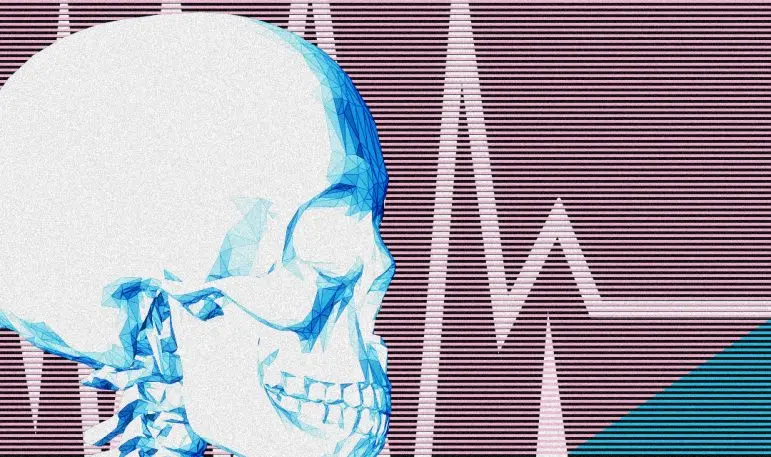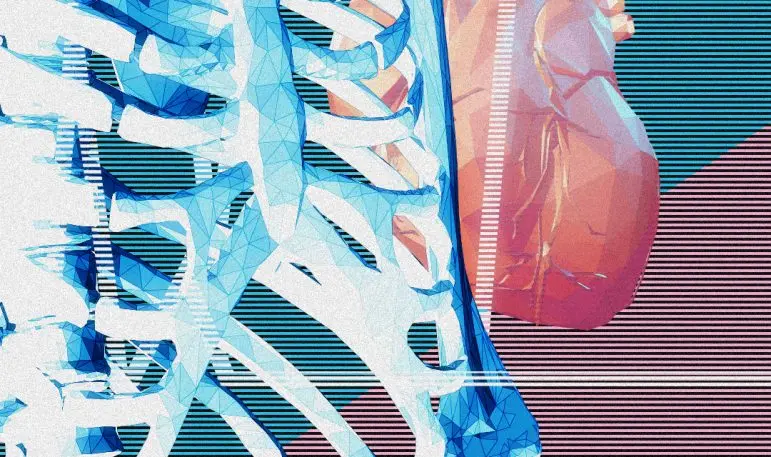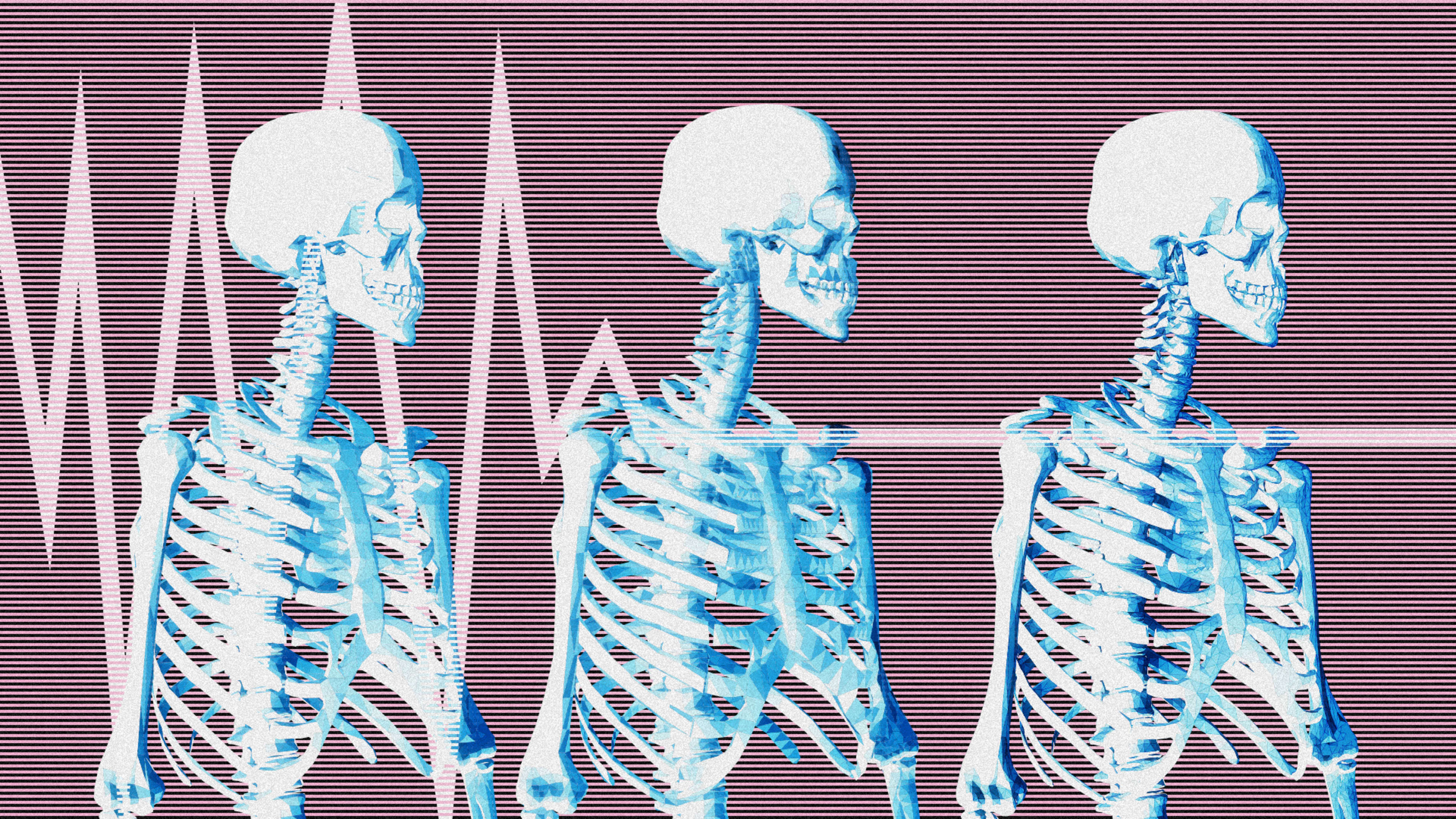A decade ago, a wave of companies promised to transform people’s health by allowing them to track data about their eating, sleep, exercise, and other habits. One hot startup of that moment, Zeo, raised more than $30 million from investors to develop a headband that tracked users’ sleep patterns and an accompanying app to serve as their personal “sleep coach.” Despite devoted users and buzz about its product in publications like Wired and Popular Science, Zeo quietly went out of business a few years later.
Zeo is just one of many digital health startups whose early promise failed to materialize into lasting impact. Money continues to pour into the space–to the tune of nearly $12 billion in investment in 2017–but few companies have cracked the code for delivering technologies that truly transform healthcare. Why?
Many digital health companies fall short because they apply a strategy to healthcare that was developed and refined in the tech sector, an entirely different industry with its own set of rules.
Consumer technology startups often push quickly to get a minimum viable product to market and then iterate to improve that product based on what most resonates with consumers. Entrepreneurs and investors from the tech world mistakenly assume that this “lean startup” approach, which works well for products like photo-sharing tools and meal-delivery apps, should be equally successful for tackling any kind of problem. However, this strategy is ill-suited to healthcare, a much more complex and regulated industry.

Digital health products need to appeal not just to individual consumers but to a complicated landscape of stakeholders–from doctors and patients to regulators and insurers–all of whom have a say in whether a new technology is adopted. Products, especially those considered medical devices, may take years of jumping through complex clinical and regulatory hoops before they reach the market, and can’t always easily be iterated once they do.
In this environment, tech’s “move fast and break things” model can become “move too quickly and break your company.” For example, many founders coming from tech are focused on building and marketing products to consumers. They don’t realize until well into their company’s development that doctors and insurers are actually the gatekeepers and customers to whom they should be selling their products. This is why 61% of digital health companies that start B2C end up pivoting to B2B and selling to insurance companies, employers, hospitals, or other healthcare providers.
A better approach for healthcare is need-driven innovation. Rather than leaping to invent a technology (like a sleep monitor) and then searching for a challenge it can be used to address (promoting more restful sleep), one starts by deeply understanding an important problem in healthcare and then designs a technology that is uniquely suited to solve it.
Here’s how need-driven innovation works: After identifying an unmet healthcare need, the innovators take a deep dive to thoroughly understand the problem, existing solutions, and the needs and perspectives of all the stakeholders involved, trying to avoid any preconceived ideas about what a solution should look like or what product they should build. This process typically involves research into the medical literature; interviews with doctors, patients, and other stakeholders; and in-person observations to see how the problem plays out in different healthcare settings.
Through this process, the innovators develop “need criteria,” a list of essential requirements a solution must offer in order to meet various stakeholder needs and improve on the current standard of care. These factors may include accuracy, cost, ease-of-use, integration with existing work processes, and so on. Instead of rushing to launch a product and then see how users respond, innovators start with a blank slate and use the need criteria to guide the careful development of an appropriate solution, increasing its odds of successful adoption.

Arlen Myers, president of the Society of Physician Entrepreneurs, echoes these concerns, indicating that many digital health startups fail because they “don’t involve end users early and often enough . . . don’t satisfy the needs of multiple stakeholders . . . make products that interfere with physician workflow instead of making it easier . . . [or] launch products that are not clinically validated.”
In contrast, we’ve been developing, studying, and teaching a need-driven health technology innovation process at the Stanford Byers Center for Biodesign for nearly two decades and have seen powerful evidence that it works. So far, 48 medical device and digital health companies have originated from projects undertaken in Stanford Biodesign’s fellowships and classes, and the solutions they have developed have provided care for more than 1.5 million patients.
Consider iRhythm Technologies and its wearable cardiac rhythm monitor, the Zio Patch, a concept that originated at Stanford Biodesign. Like the other Zeo, the Zio Patch uses sensors to collect data on a complex condition–in this case, heart arrhythmias (heart rhythm disorders). However, the product grew out of a need-driven approach that provided a thorough understanding of the problem before the solution was even invented.
As a cardiology fellow at UCSF and a Biodesign Innovation Fellow at Stanford Hospital, iRhythm founder Uday N. Kumar was struck by how physicians needed a better way to accurately diagnose arrhythmias in non-hospitalized patients. The standard of care was the Holter monitor, a portable recording device with multiple wires and electrodes affixed to the skin. It is cumbersome to wear, can’t be used during exercise or showering, and is kept on for only 24 to 48 hours, potentially missing many arrhythmias that occur intermittently.
In multiple observations of different patient groups, iRhythm’s team saw that the existing technology was so problematic that some patients were never diagnosed or only correctly diagnosed after multiple visits, which drove up costs. The team’s deep dive into the problem led them to craft requirements for a device that would be low cost, accurate, easy to use, and able to monitor and function over an extended period of time.

Based on these need criteria, they outlined the general idea of what would eventually become the Zio Patch: a small, flexible, water-resistant, adhesive monitoring patch that records heart rhythms continuously for up to two weeks. The solution is inexpensive and simple enough that it can be given to patients of all ages and abilities, not only by heart specialists but also in the emergency room or at a primary care physician’s office, potentially avoiding unnecessary specialist visits. Because they were focused on meeting those need criteria, the iRhythm team chose not to include certain complex high-tech features, like wireless data transmission, that, at the time, would have made the device too expensive for the broad population it was intended to serve.
The team also recognized that it wouldn’t be enough that Zio was easier for patients to use. The device also had to generate information that was easy for physicians to interpret and apply, and improve the clinical outcomes that matter to health insurance companies. By conducting 18 clinical studies on the Zio Patch and publishing the results in peer-reviewed journals such as the Journal of the American Medical Association, iRhythm has been able to demonstrate improved diagnostic accuracy and better patient outcomes.
As a result, they’ve convinced insurance companies to provide reimbursement for the Zio Patch, an essential milestone in the adoption of a new health technology. Their latest study showed that the device improves detection of irregular heart rhythms when compared to traditional standards of care. This builds on previous research demonstrating that the Zio Patch is better at detecting arrhythmias than the commonly used Holter monitor. As of 2017, iRhythm had raised more than $230 million from investors, including $110 million prior to an initial public offering in October 2016. In 2018, the company was projecting revenue of around $140 million.
As iRhythm’s story shows, starting with a deep understanding of key stakeholder needs can help companies achieve the real promise of digital health–creating solutions that improve existing diagnostic, treatment, and monitoring processes by making them faster, more accessible, more accurate, more personalized, and less expensive.
Taking what works in the tech sector and applying it to healthcare simply won’t cut it. As digital health continues to take off, success will be determined by getting the need right, designing innovative solutions that address stakeholders’ top priorities, and then demonstrating that a product provides better results.
Dr. Paul Yock is a cardiologist, health technology innovator, and professor of medicine and bioengineering. In 2000, he founded the Byers Center for Biodesign at Stanford University as a pioneering innovation training program dedicated to the design and development of medical technologies.
Recognize your brand’s excellence by applying to this year’s Brands That Matter Awards before the early-rate deadline, May 3.
